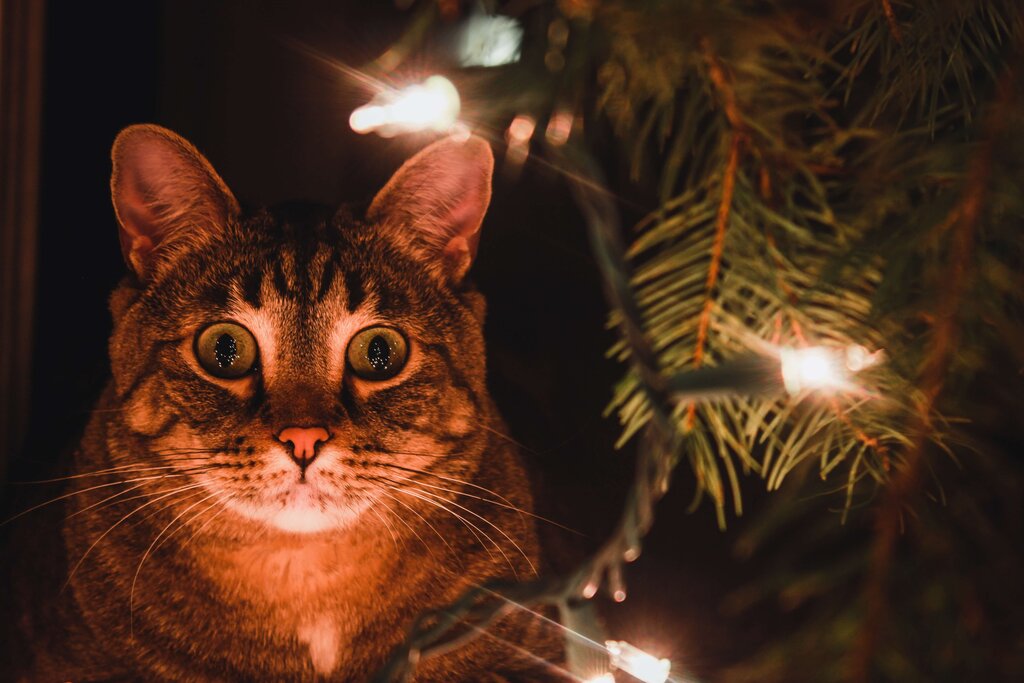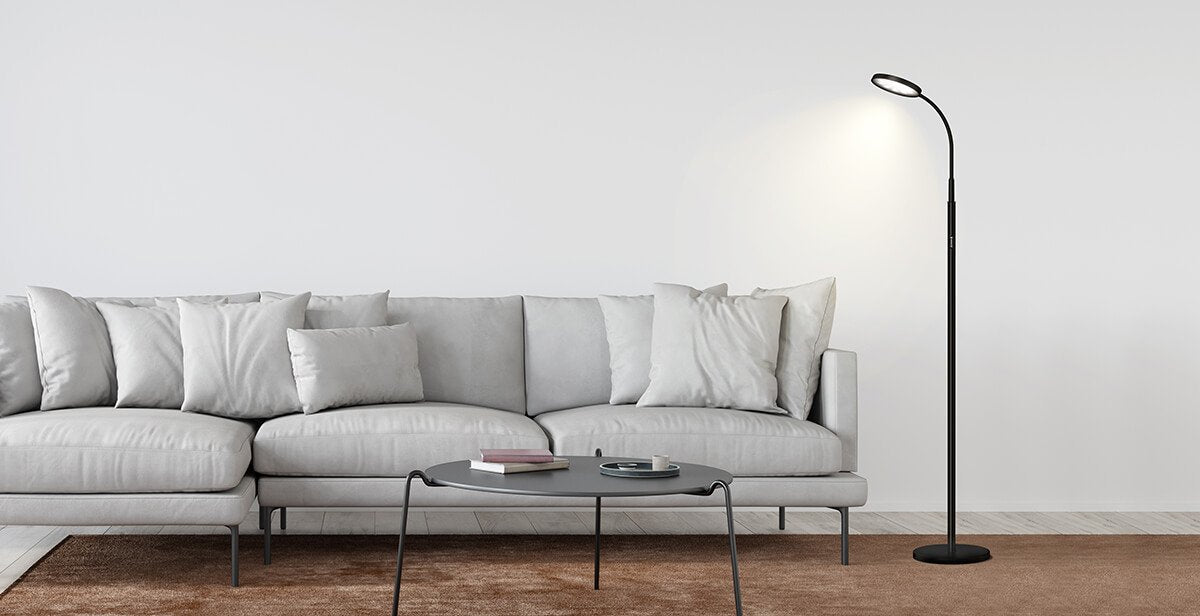You may have found that cat eyes can change day and night. However, do you know indoor lighting can affect a cat's health?
Circadian rhythm
In ancient times, before artificial lighting was invented, a cat was active around sunrise and sunrise, because their prey moved out in the meantime. The only lighting human could use at that time was candlelight which was so dim that can hardly affect a cat's circadian rhythm.
What is circadian rhythm? It is usually called a biological clock or body clock that regulates a cat's inner sleep-wake cycle and repeats every day. Circadian rhythm can be affected by lighting, as it is connected with the length of day and night.
Cat has a built-in reflector in the back of their eyes called a tapetum, which allows a cat to see with only one-sixth of the light that humans need, but it also makes cats' eyes very sensitive to bright light by changing pupils from time to time.
How sensitive cats' eyes are? According to National Wildlife Federation, a ninja used a cat as a clock to tell time. At midnight, the cats' pupil narrowed like a needle. At dawn and dusk, which is 6 in the morning and 6 in the evening, the cats' pupils widened like pearls.

Poor indoor lighting harms your cat silently
Needless to say, with such a pair of eyes, the invention of artificial lighting brought them a lot of uncertainty about time. Many pet cat owners feel annoyed that their cats pouncing, scratching, and meowing both by day and by night, because with modern artificial lighting and less outdoor adventure, pet cats depend on artificial lighting to regulate their circadian rhythm.
Messed up circadian rhythm could bring higher cancer or other illness risks to cats. Nowadays, many people stay up late and have bright lights on, harming their cats without conscience: All light bulbs, laptops, computers, cell phones, and TV screens emit blue light which halts nighttime melatonin production, said Dr. Vilnis E. Kubulins, a professor at John Carroll University in Ohio, US.
Melatonin is known mainly for its ability to improve sleep quality and to participate in the antioxidant system, preventing oxidative damage to cells. In this respect, it exceeds the effectiveness of all known substances in the cat's body. Less melatonin means poor sleep quality and weaker physical fitness.
Start from natural lighting
Indoor lighting is a fusion of natural lighting and artificial lighting. Cats' feces and urine can easily breed bacteria, especially in a poorly lit room. As result, before considering interior design, the first thing you need to do is to find a space with good natural lighting and ventilation. Sufficient sunlight can provide a cat with vitamin D by licking their fur, and vitamin D promote the absorption of calcium and phosphorus for healthier bones and skin.

How to measure "good natural lighting"? Here are 5 points to be noticed:
(1) Ratio of building's height and distance from the adjacent buildings: the smaller the ratio, the better the natural lighting. If the distance between the buildings does not even meet the basic standards, it will cause your room to be unable to ensure sufficient hours of natural light, which is also harmful to the cat's health.
(2) House orientation: In the northern hemisphere, the best to worst house orientation is from south, southeast, east, southwest, north to west. Meanwhile, the overall layout of the house should also be considered. For example, the living room is the place where the cats and other family members spend the most time, so it is necessary to ensure the lighting of the living room first, followed by the bedroom, and then the other living spaces.
(3) Building height: If you decide to live in a high-rise building, the lower the floor, the worse the natural lighting may be. Because these floors have more blocked parts, a cat can enjoy the shorter natural lit time. Though higher floors have better natural lighting conditions, it might cause cat heatstroke in the summer if the air conditioner doesn't turn on.
(4) Facade width: It can be interpreted in two ways. One is the length of the external wall surface that can be used for lighting, which can be called "lighting width". The other is the width of the room and the depth of the room. The smaller the depth, the greater the width of the light, the better the natural lighting, the more space that your cat can enjoy sunbathing.
(5) Window placement: In terms of window layout, you should observe the size of the windows and whether they are adequate (e.g. living room, balcony, and other areas) for cats to enjoy themselves in the daytime.

Progress to artificial lighting
Artificial lighting in interior design is a quite wide topic that hard to discuss comprehensively. Here we only talk about artificial lighting that affects cats mostly.
Many people choose dome light to provide a basic lighting. However, it is important to add functional lighting fixtures so that the artificial light in our room can be diminished according to actual needs at night.
Floor lamps, desk lamps, and bedside lamps are a good supplement to the dome light. Not only do they have a calming effect as partial lighting, but they also are easy to move and mostly dimmable, which can meed the need that reducing lighting interference to cats.
Be careful to choose a lamp with a heavy and stable base if you don't want your cat to knock over the lamp intentionally or unintentionally. Moreover, don't pick a wooden-based lamp: it will become the cat's best place to scratch its paws.
If you still feel unsure about whether the cat will trip over the lighting wires to mess up the house, you can arrange lights that the cat cannot easily reach, such as spotlights or track lights. If you choose track light as auxiliary lighting, pay attention to the placement of curtains and storage cabinets to avoid cats jumping onto it and causing injuries.
Conclusion
Knowing so much about lighting and cat's health, why not take it into account next time when you consider the interior design and choose lamps? It must be fun to look from a different perspective.









Leave a comment
All comments are moderated before being published.
This site is protected by hCaptcha and the hCaptcha Privacy Policy and Terms of Service apply.